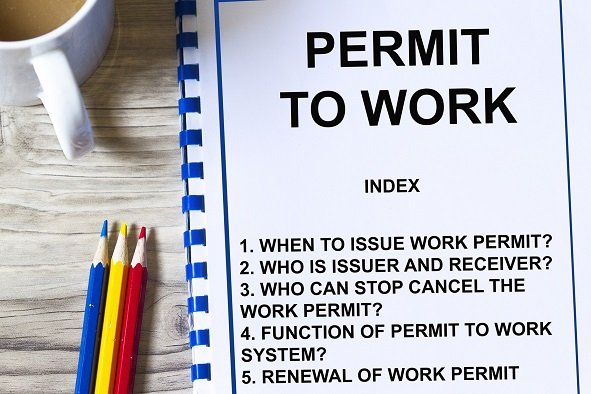Evacuation and Emergency Procedures – 12 Modules | One Day USD: 150/- and Two Day USD: 250/- Per Pax.
Description
Module 1: Introduction to Emergency Preparedness
- Definition and importance of emergency preparedness
- Common workplace emergencies (fire, chemical spill, earthquake, etc.)
- Legal and organizational requirements
Module 2: Understanding Emergency Types
- Natural disasters (floods, earthquakes, storms)
- Man-made incidents (fires, explosions, spills, security threats)
- Medical and environmental emergencies
Module 3: Emergency Response Planning
- Key elements of an Emergency Response Plan (ERP)
- Roles and responsibilities of emergency response teams
- Coordination with local emergency services
Module 4: Evacuation Planning and Procedures
- Step-by-step evacuation process
- Identifying safe routes and assembly points
- Importance of calm and orderly evacuation
Module 5: Emergency Exits and Escape Routes
- Design, signage, and maintenance requirements
- Ensuring exits are unobstructed and accessible
- Lighting and visibility during emergencies
Module 6: Roles and Responsibilities During Evacuation
- Fire wardens, first aiders, and floor marshals
- Supervisors and employee responsibilities
- Accountability and headcount procedures
Module 7: Communication During Emergencies
- Alarm systems, public address systems, and radios
- Communicating with emergency services
- Using emergency contact lists and alert systems
Module 8: Assembly Points and Headcount Procedures
- Safe distance and layout of assembly points
- Headcount, roll call, and reporting missing persons
- Managing panic and maintaining control
Module 9: Special Considerations in Evacuation
- Evacuation for people with disabilities
- Handling visitors and contractors
- High-risk areas (laboratories, confined spaces, etc.)
Module 10: Shelter-in-Place and Alternative Actions
- When evacuation is not possible
- Sealing rooms and shutting down ventilation
- Communication and safety until rescue
Module 11: Emergency Drills and Training
- Planning and conducting evacuation drills
- Evaluating performance and identifying gaps
- Continuous improvement through lessons learned
Module 12: Post-Emergency Actions and Recovery
- De-briefing and psychological support
- Damage assessment and reporting
- Updating the emergency plan and corrective actions
View more Courses
Hi, Welcome back!




